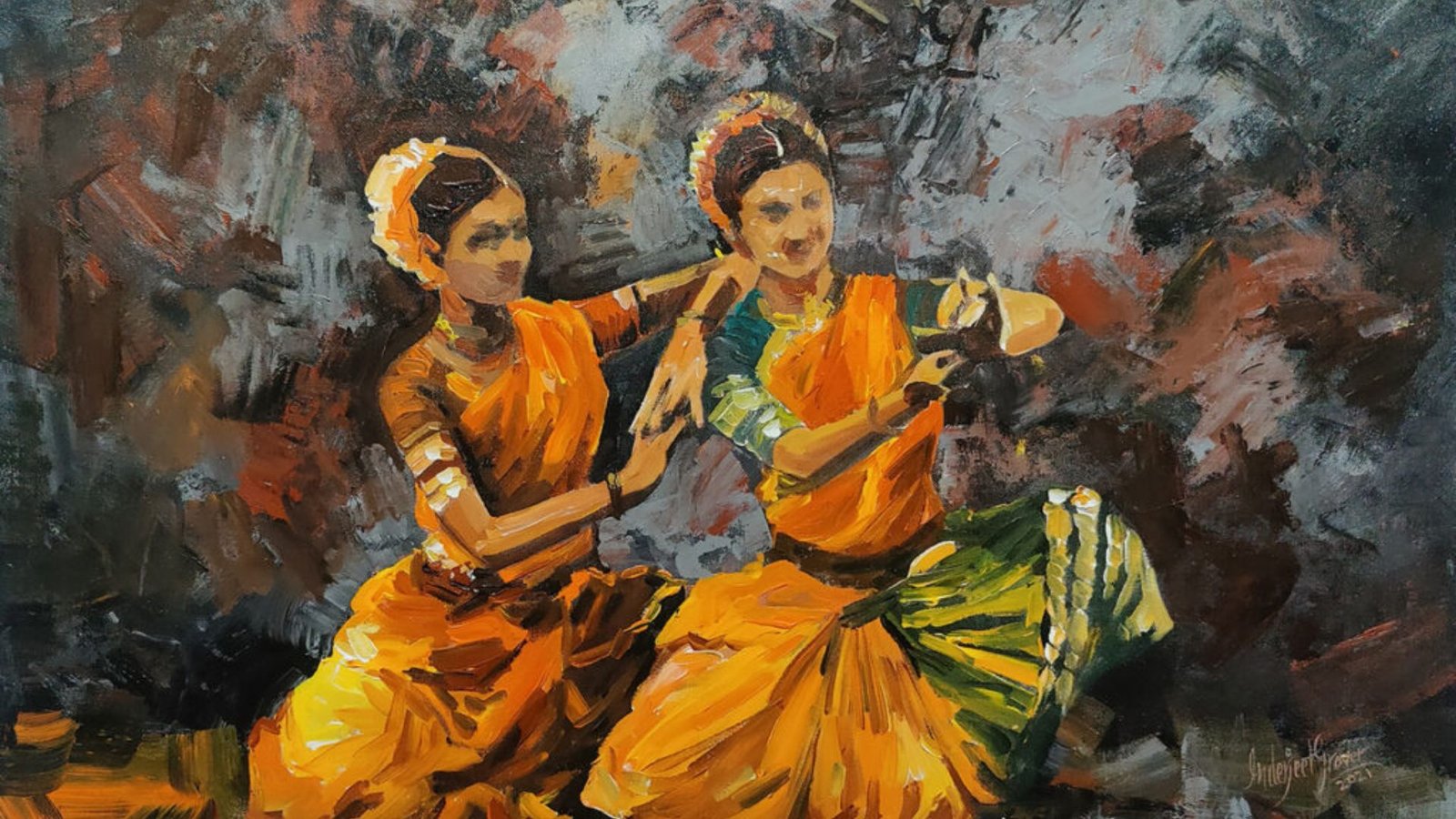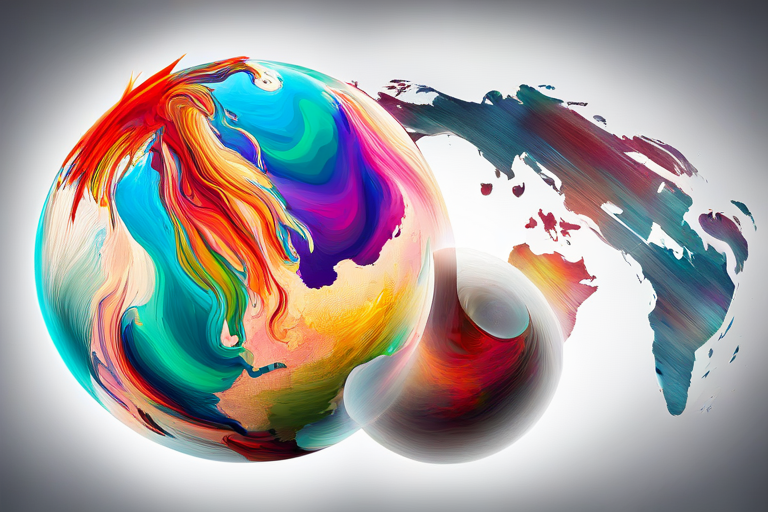Colors of India: A Journey Through Art
Colors are an integral part of Indian art, each hue telling a story and conveying deeper meanings. From ancient frescoes to modern canvases, the use of color in Indian art reflects cultural, spiritual, and emotional dimensions. This journey through the colors of India reveals their significance and the ways they enhance artistic expression.

The Palette of Tradition
Indian art is renowned for its rich and varied color palette. Traditional art forms like Madhubani and Warli showcase bold, vibrant colors that carry cultural and symbolic meanings. In Madhubani art, bright reds, yellows, and blues depict mythological tales and daily life, while Warli art uses earthy tones to represent nature and community.
Spiritual Significance of Colors
Colors in Indian art often hold spiritual significance. Saffron, for instance, symbolizes purity and sacrifice, reflecting its association with Hinduism and asceticism. Similarly, the color green represents fertility and prosperity, frequently used in depictions of deities like Lakshmi. These colors are chosen deliberately to enhance the spiritual message conveyed through the artwork.
Regional Color Variations
Different regions of India bring unique color traditions to their art. In Rajasthan, vibrant colors dominate, reflecting the lively culture and opulence of the region. The intricate patterns and vivid hues of Rajput paintings stand out, capturing the essence of royal court life. In contrast, the subdued colors of Pattachitra art from Odisha reflect its devotional and austere themes.
Modern Color Innovations
Modern Indian artists experiment with colors in innovative ways, blending traditional hues with contemporary techniques. Artists like Anish Kapoor use bold, unconventional colors to challenge perceptions and provoke thought. The fusion of traditional color schemes with modern aesthetics creates dynamic and thought-provoking works that resonate with today’s audiences.
Symbolic Uses in Contemporary Art
Contemporary Indian art continues to use color symbolically, though often in new contexts. Colors are employed to explore themes such as identity, politics, and social issues. For example, the use of stark contrasts and muted tones can highlight contrasts in socio-economic conditions or reflect emotional states, adding layers of meaning to the artwork.
The Impact of Color on Perception
Color not only enhances the aesthetic appeal of art but also influences how it is perceived and interpreted. In Indian art, the strategic use of color can evoke emotions, guide the viewer’s attention, and reinforce thematic elements. For instance, the use of warm colors can create a sense of warmth and intimacy, while cooler tones may evoke tranquility and distance.
Conclusion
The journey through the colors of Indian art reveals a vibrant and diverse spectrum that is both beautiful and meaningful. From traditional palettes to modern innovations, colors play a crucial role in expressing cultural, spiritual, and emotional dimensions. By exploring these hues, we gain a deeper appreciation of the artistic richness and cultural heritage of India.



